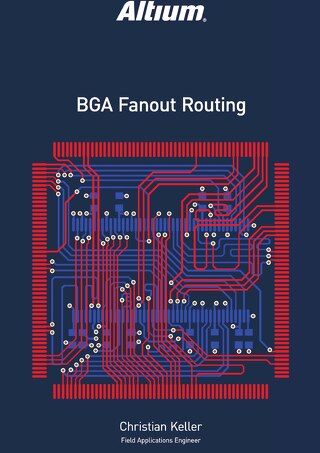Wearable Electronics: Innovations, Challenges & Future Trends

The whitepaper explores how next-generation wearable electronics are being shaped by advances in flexible/rigid-flex design, smart materials, AI, energy solutions, and connectivity. Learn what it takes to turn prototypes into scalable, reliable products across healthcare, sport, defense, fashion, and enterprise.
Fill out the form on the side panel to download Altium’s whitepaper on the innovations, challenges, and future trends defining tomorrow’s wearables.
What’s Inside This Whitepaper?
- Master the wearable stack. Tie sensors, electronics, AI, connectivity, and cloud into one seamless architecture.
- Engineer ultra-compact rigid-flex/FHE and printed electronics designs that hit aggressive size, comfort, and reliability goals.
- Leverage stretchable/self-healing materials and nanotech (graphene/MXenes) for durable, body-conforming devices.
- Supercharge battery life with wireless charging, energy harvesting (TEG/piezo/solar), and next-gen storage.
- Orchestrate on-device AI and BLE/Wi-Fi/Cellular/5G/6G for real-time insights without draining power.
- Launch production-ready wearables with e-textile/hybrid DFM, rugged testing, and clear privacy/compliance playbooks.
Ready to Build the Next Generation of Wearable Electronics?
Want to move from concept to durable and data-smart wearables? This whitepaper is your starting point. Download Next-Generation Wearable Electronics: Innovations, Challenges & Future Trends and get a practical blueprint for designing, powering, and scaling the next wave of wearable devices.

About Author
About Author
The product life cycle management in relation to end of life and consequently recycling, constitutes an area of particular interest and potential significant sustainability advancements. The printed electronic material composition allows for more sustainable recycling methods with a higher amount of recyclable materials, reduced energy consumption as there are fewer types of advanced materials to separate, and less toxic air emission.
Related Resources
Related Technical Documentation
Download Now
Fill out your information to get instant access to the whitepaper.
Download Now
Fill out your information to get instant access to the whitepaper.
Altium is transforming the electronics industry so thoroughly that our web pages need a minute to catch up. For a short time, some information on this page may be outdated.
We appreciate your patience. It will be worth the wait!
Learn More











 Download PDF
Download PDF